[ By Steph in 7 Wonders Series & Travel. ]

Humans have established settlements in the strangest of places, from the base of an extremely lethal volcano in Japan to a platform of oil rigs built on the remains of seven ships in the Caspian Sea. These 7 cities are among the weirdest and most unusual in the world, requiring residents to wear gas masks or sort through trash for a living.
Gas Mask City: Lethal Japanese Settlement at the Base of a Volcano



Eerie black-and-white images depict groups of people – including a wedding party – gazing at the camera through the darkened eyeholes of old-fashioned gas masks. Were these created for some kind of movie or photography project? Nope. Wearing gas masks was part of everyday life for residents of Miyake-jima, a lethal settlement at the base of the extremely active Mount Oyama volcano in Japan. The volcano spews sulphuric gas even when it isn’t in the midst of an eruption, an air raid siren warning inhabitants to put on their masks when the levels get too high. An eruption in June 2000 forced the evacuation of all residents, and the island was closed to human habitation for more than four years, but nearly 3,000 people decided to return in 2005, retaking the abandoned structures they had left behind. A third of the island is still off limits to human travelers, and residents must undergo mandatory health checks.
Neft Dashlari: Floating City of Oil Workers in the Caspian Sea


Neft Dashlari (Oily Rocks) is – was – a Soviet city in the middle of the Caspian sea. Just after World War II, as Russia tried to recover from the Nazi invasion, the nation’s government began to daydream about the vast oil reserves believed to be far below the sea in what is now the independent state of Azerbaijan. In 1949, Soviet engineers struck top-quality oil at a depth of 1,100 meters below the seabed at a location mariners called “Black Rock.” Certain that they had found the answer to their problems, the Russian government began to build an entire city with the foundation consisting of seven sunken ships including ‘Zoroaster,’ the world’s first oil tanker. They constructed a network of oil platforms linked by hundreds of miles of roads, filled with apartment blocks for 5,000 oil workers, a cinema and even a park. For a while, it was a ‘Stalinist utopia for the working class,’ but with the collapse of the Soviet Union and the discovery of more accessible oil fields came neglect. Most of the workers left, and the waves began to claim the architecture. Today, a small number of oil workers continue to live and work there, and the settlement is closely guarded, but it’s only a matter of time before the entire network crumbles.
Makoko: Village on Stilts in the Lagos Lagoon



Highly dangerous for outsiders, Makoko is a shantytown in the Lagos Lagoon of Nigeria with a population of 250,000. The twisting canal system between hobbled-together houses has given sway to the tongue-in-cheek nickname ‘Venice of Africa,’ and while most the residents make a living from the traditional fisherman’s way of life, they’re also constantly at risk of disease from the cramped quarters as well as the threat of local gangs. What began as an 18th century village has ballooned thanks to an influx of new residents from Lagos, Nigeria’s largest city.
In 2013, the Nigerian government declared Makoko illegal and scheduled it for demolition. Men with chainsaws cut through the stilts holding up homes, schools and churches. Left homeless, many residents had no choice but to live in their boats. Can the community be saved? One project that offers some hope for the future is Makoko Floating School by architecture firm NLE, an ached floating structure that can accommodate up to 100 adults, even in bad weather conditions. Currently a school, the design could also be used for events spaces, clinics or markets.
Trash City: Cairo’s Neighbor is One Big Dump



Just on the edge of the largest city in the Arab world lies Manshiyat Naser, better known as ‘Garbage City,’ where residents make a living sorting and processing Cairo’s refuse. Trash is stacked on sidewalks and rooftops, propped against walls within dwellings, and spread out across the floors. It may sound unpleasant and unsanitary, but for the Zabbaleen – literally ‘garbage people’ – it’s a way of life. They recycle 80% of the trash and feed the remaining organic matter to pigs in an incredibly efficient system that’s unrivaled anywhere else in the world. The city has no running water, sewers, electricity or official governing body; it was established by Coptic Christians known for herding swine within the city. However, the pigs were removed by the Egyptian government in 2009 due to the threat of swine flu, putting the Zabbaleen’s system in danger of falling apart. Without the pigs, managing the trash has become much more of a challenge, especially as Cairo produces more waste than ever with each passing year.
Next Page – Click Below to Read More:
7 Extreme Human Habitats Unexpected Urban Wonders






[ By Steph in 7 Wonders Series & Travel. ]
[ WebUrbanist | Archives | Galleries | Privacy | TOS ]

WebUrbanist









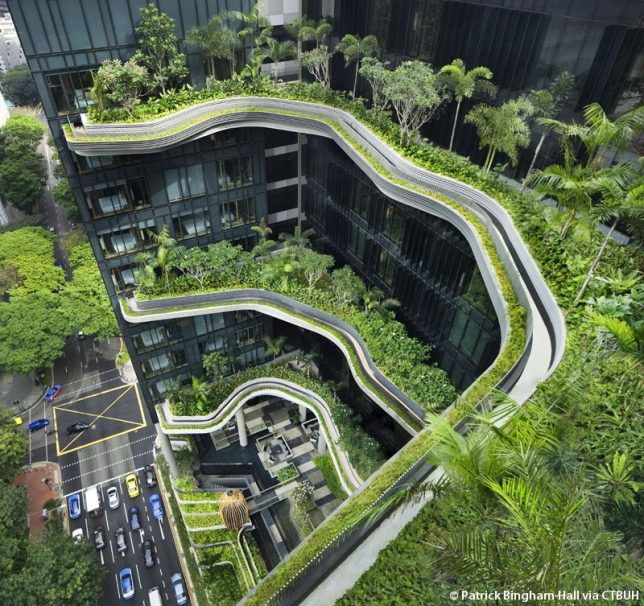
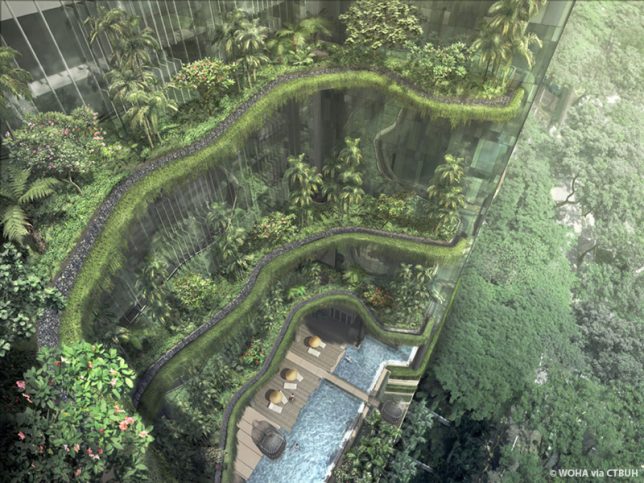
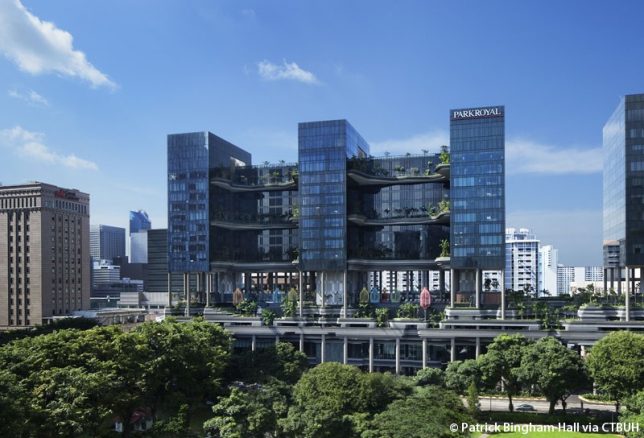

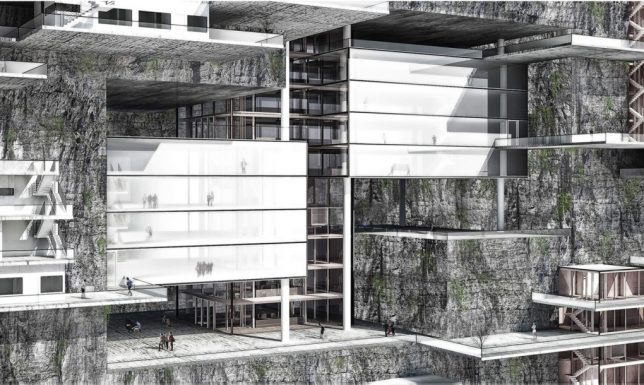
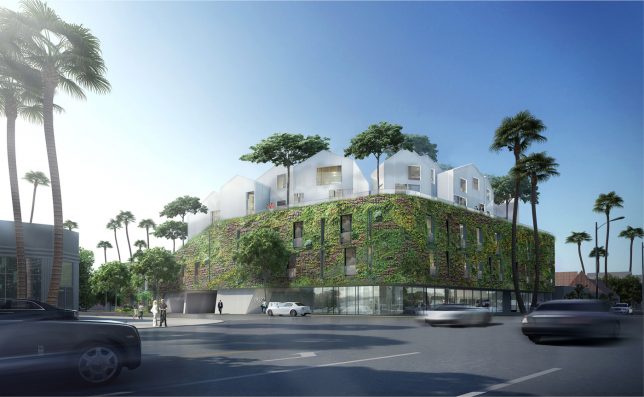
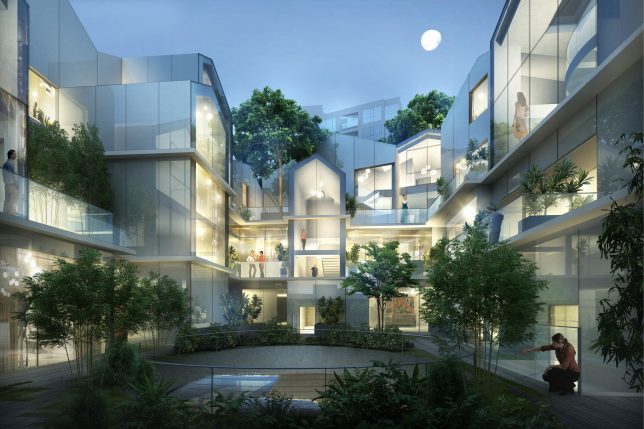
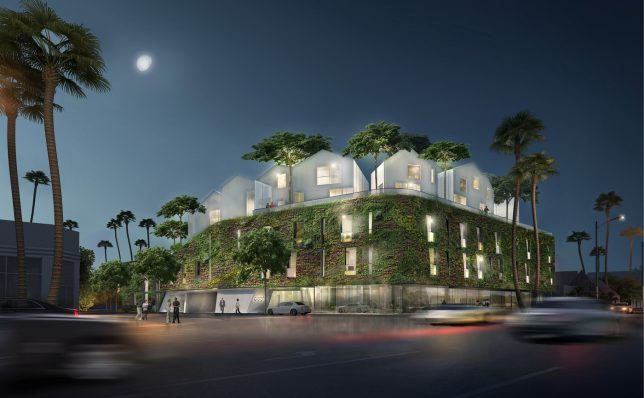
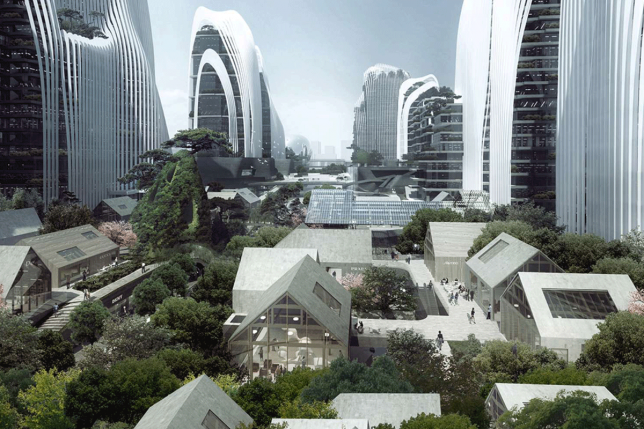
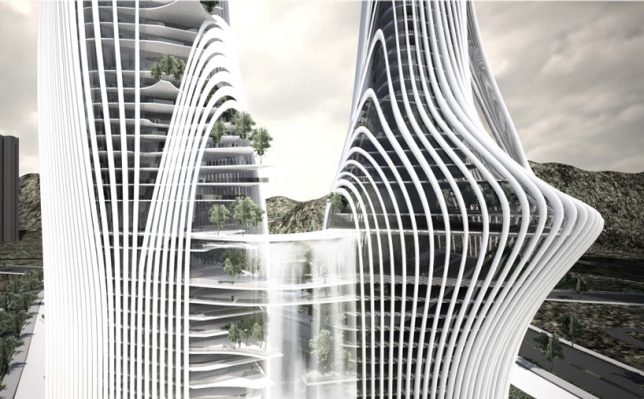
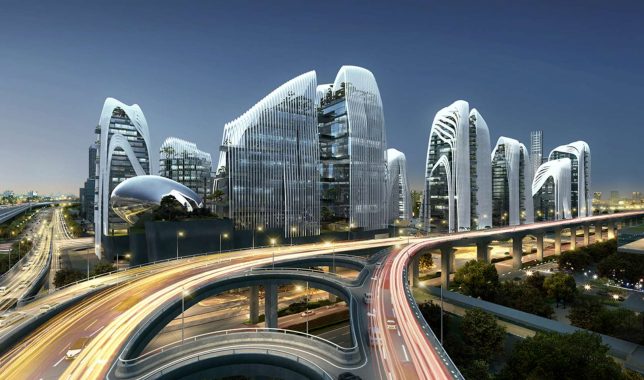




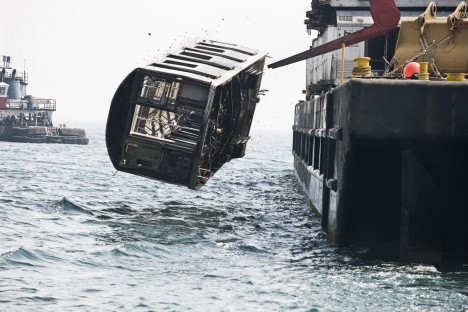
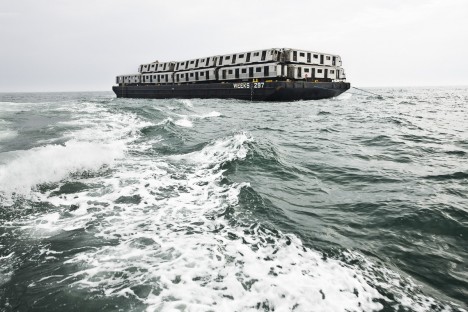

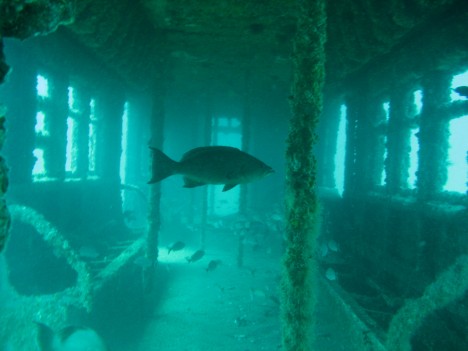
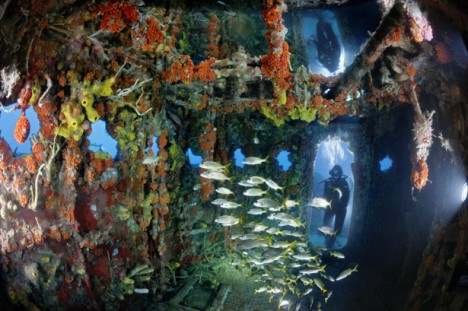
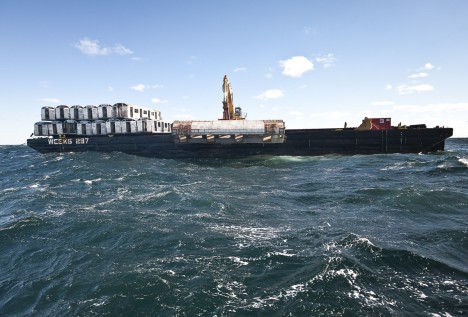
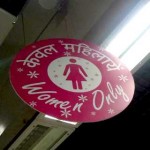

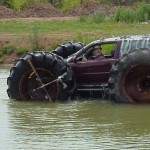




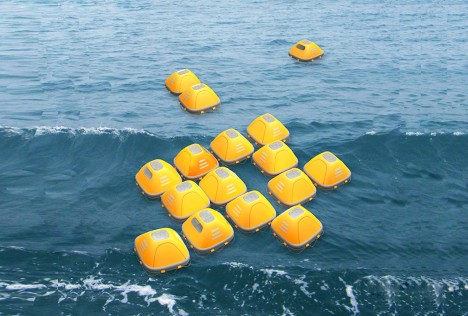

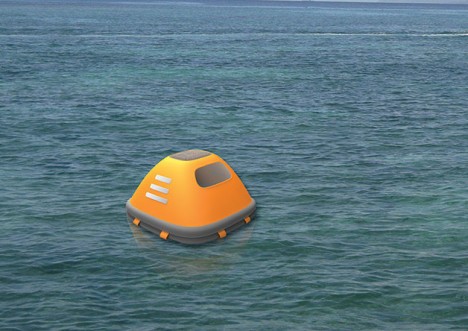
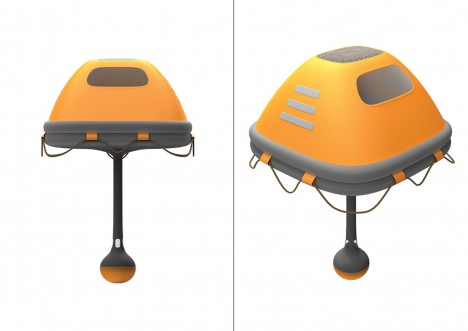

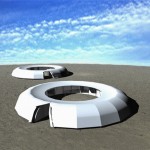
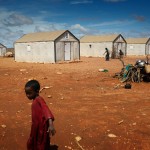








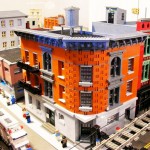
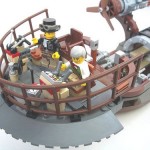














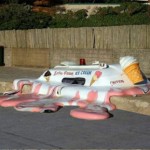
You must be logged in to post a comment.